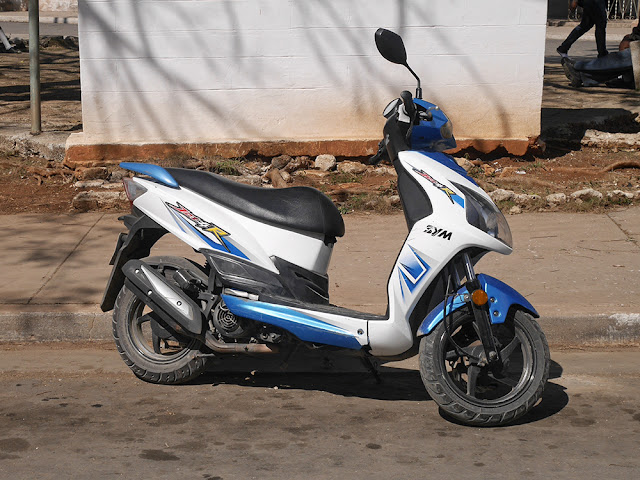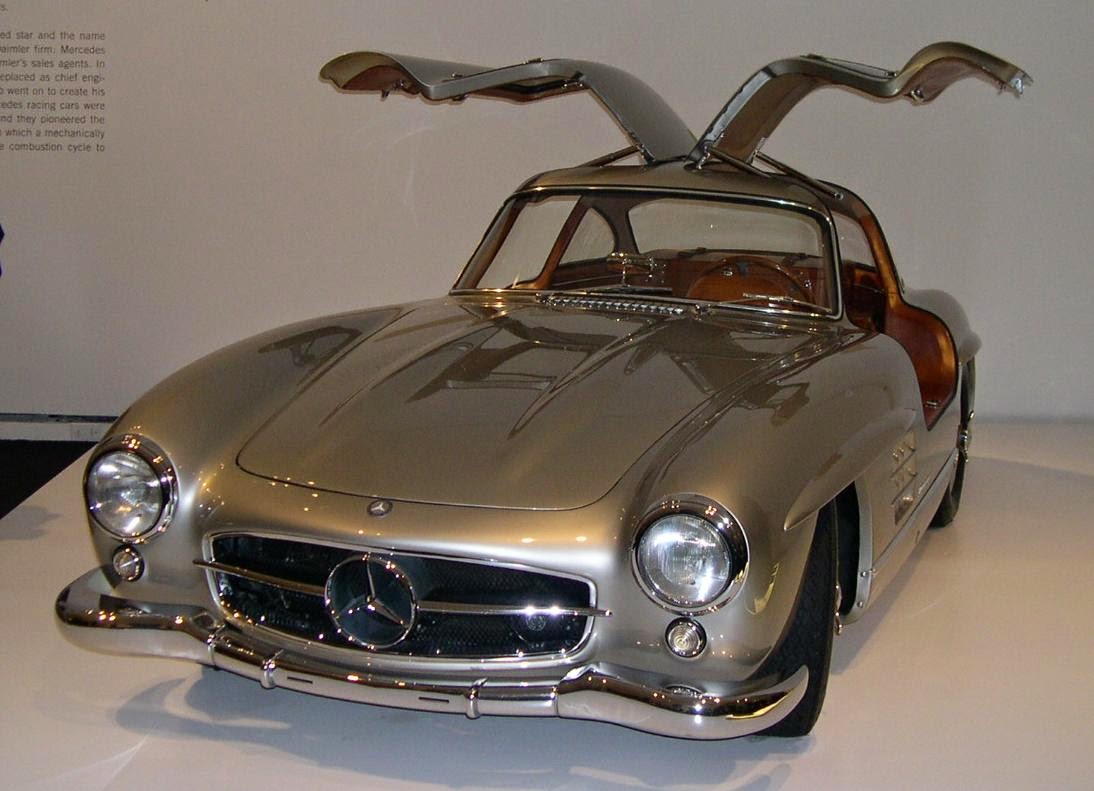I rented a scooter. You should find a safer way to get around
 |
| The SYM Jet 4R from Taiwan's Sanyang Motor Co: Never judge a brand by a rental. |
IT WAS the English scholar John Selden, who might have been a fine blogger had the Internet been around in the 17th century, who coined the expression "Do as I say, not as I do."
Selden was taking a dig at the church, but his phrase has found equal application over the years to politicians, parents, teachers and other hypocrites, myself now included.
That last post about riding a scooter through Cuba? Don't you do that. Really, it's too dangerous.
Yes, the pace of driving in Cuba is generally relaxed. But as often been discussed here, the poor condition of roads and vehicles and the often severe consequences for those involved in accidents still make it a risky place to motor.
Better to hire a car and driver – often cheaper than a rental car – or, if you must drive, surround yourself with some serious steel.
If I can offer a defence, it's that I knew most of my travels would be on quiet inland roads. I barely saw any other traffic. Only once, riding (by necessity) through the skinny streets of Matanzas, did I feel squeezed by fellow road users.
But Matanzas is a port. Drivers in ports are always aggressive, right?
 |
| Not made for leaded gas, but apparently often fed it. |
Atrocious.
With a 50-cc four-stroke engine that looked to have been lifted from a WeedWhacker, it was challenged by every hill and headwind. Yet despite its wee motor, the the SYM Jet 4R sucked gas like a Harley.
It sputtered at startup. It buzzed. It pulled to the right when I hit the brakes. Which is really weird, for a motorcycle. (Pulling to the left would be weird too.)
But you can't judge a brand by a rental, especially a high-mileage example like the one I had.
SYM, or Sanyang Motor Co. of Taiwan (not China – I was wrong about that in my last post), is actually well-regarded as a scooter builder, and ranked several levels above its Chinese competitors. And like all modern manufacturers, its products are designed to run on unleaded gasoline.
My scooter, I'm sure, had been fed plenty of the leaded gas still used in the majority of Cuba's gas-powered vehicles. That would explain its clogged-up engine. In Madruga, running on fumes, I couldn't find a station offering "especial" gasoline, i.e. unleaded, and had to put in leaded fuel. Maybe it was my imagination, but it seemed to run better after that.
 |
| Mishozuki says it's "made for Japan.' It's made IN China. |
But for Cuban citizens, who know all too well the frustrations of government paperwork, electric scooters have one key advantage: neither machine nor operator needs to be licensed.
I'd try an electric scooter in Cuba, should I find one available as a rental.
Don't you, though.
I'd try an electric scooter in Cuba, should I find one available as a rental.
Don't you, though.
 |
| Electric scooters don't require licences, a prime attraction for Cubans. |



Comments